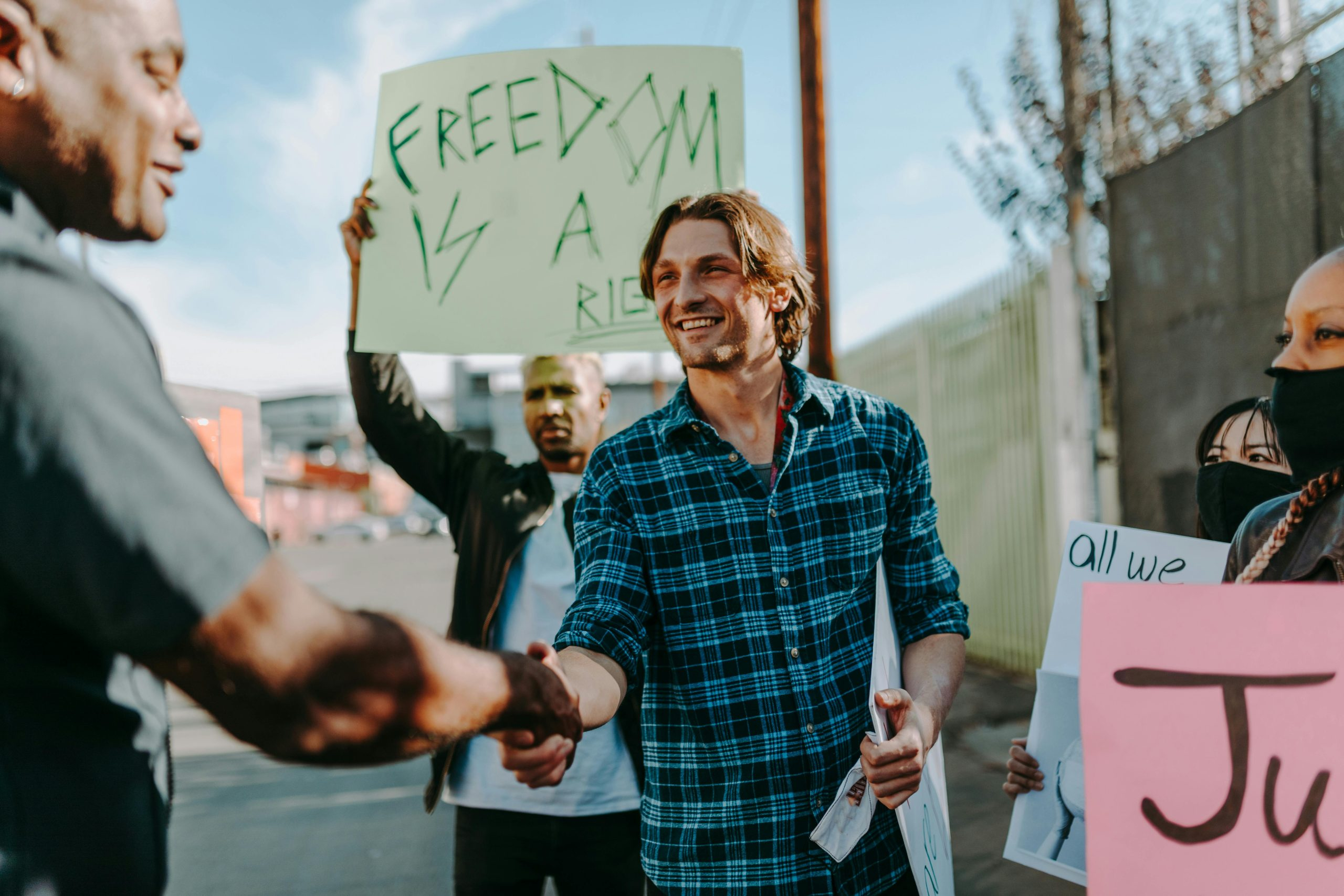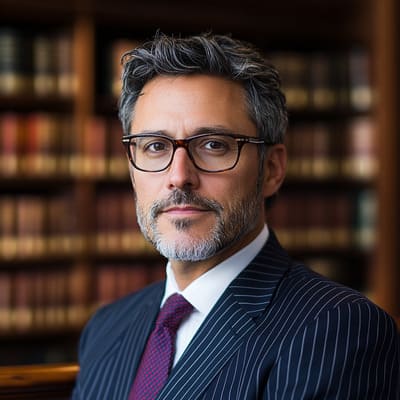Children’s Rights in International Humanitarian Law
The protection of children during armed conflicts and other humanitarian crises has always been a concerning issue for the international community. Children are the most vulnerable members of society and are often disproportionally affected by conflicts and disasters. In recognition of this, international humanitarian law (IHL) has incorporated special provisions to safeguard the rights of children in times of war. In this article, we will explore the concept of children’s rights in international humanitarian law and the measures put in place to protect them.
What are Children’s Rights in International Humanitarian Law?
Children’s rights in international humanitarian law refer to the specific protections and guarantees provided to children affected by armed conflicts and other humanitarian crises. These rights are based on the principles of humanity, neutrality, and impartiality, which are the foundations of IHL. The aim of these rights is to ensure that children receive adequate care, protection, and assistance during times of war.
The Importance of Protecting Children’s Rights in International Humanitarian Law
The protection of children’s rights in international humanitarian law is crucial for several reasons. Firstly, children’s vulnerability makes them easy targets in armed conflicts, and they often become victims of violence and exploitation. By ensuring their rights are protected, we can help prevent unnecessary suffering and loss of life.
Secondly, children are the future of our societies, and their well-being is essential for the long-term stability and development of countries affected by armed conflicts and other humanitarian crises. By safeguarding their rights and providing them with necessary assistance, we can help them heal and rebuild their lives, and contribute to the recovery of their communities.
The Rights of Children in International Humanitarian Law
Right to Life and Survival
The right to life and survival is the most fundamental right of all human beings, including children. This right is protected under IHL and requires parties to the conflict to take necessary precautions to protect children’s lives and prevent their unnecessary suffering and death. This includes protecting them from direct attacks, avoiding the use of weapons that may cause them harm, and ensuring that children have access to food, water, and medical care.
Right to Education
The right to education is essential for children’s development and well-being, and even more so during times of war. Armed conflicts often disrupt the education system, making it difficult for children to access schools and continue their studies. IHL recognizes this and requires parties to the conflict to facilitate the continuation of children’s education, as far as possible. This includes providing safe and secure learning environments and ensuring children can continue their studies even when they are displaced.
Right to Non-Discrimination
IHL prohibits any discrimination based on a child’s race, gender, religion, or any other characteristic. All children, regardless of their background, are entitled to the same rights and protections under IHL. This includes the right to be treated with dignity and respect, without any form of discrimination.
Right to Family Reunification
During armed conflicts, many children become separated from their families, which can have severe psychological and emotional consequences. IHL recognizes the importance of family ties and requires parties to the conflict to take measures to reunite children with their families, whenever possible.
Right to Protection and Assistance
Lastly, children in armed conflicts and other humanitarian crises have the right to special protection and assistance. This includes measures to prevent their recruitment into armed forces, protection from sexual exploitation and abuse, and access to humanitarian assistance such as food, shelter, and medical care.
The Role of International Organizations in Protecting Children’s Rights
The United Nations (UN) and other international organizations play a crucial role in protecting children’s rights in times of war. The UN Convention on the Rights of the Child (CRC) is the most comprehensive international instrument for the protection of children’s rights, and it has been ratified by almost all countries in the world. The CRC guides the work of the UN and other organizations in ensuring that children’s rights are respected and protected during armed conflicts and other humanitarian crises.
Conclusion
Children’s rights in international humanitarian law are essential for the protection of children during armed conflicts and other humanitarian crises. These rights are based on the principles of humanity, neutrality, and impartiality and aim to ensure that children receive the necessary care, protection, and assistance they need during times of war. The international community has a responsibility to uphold these rights and take all necessary measures to safeguard the well-being of children in times of crisis.











